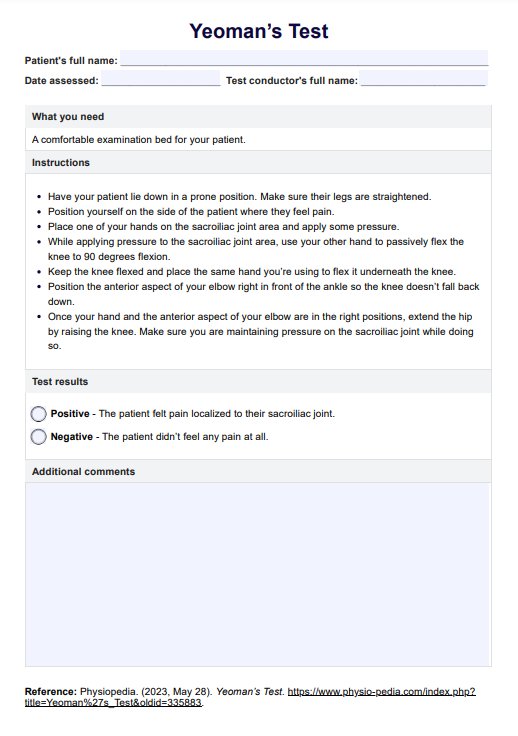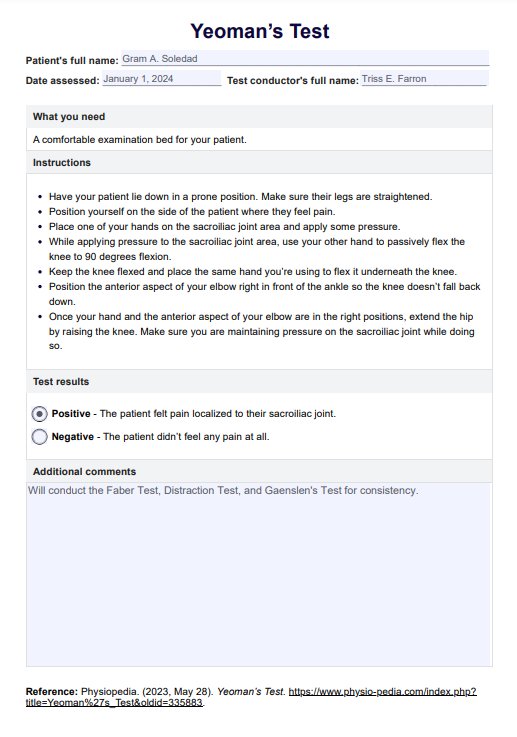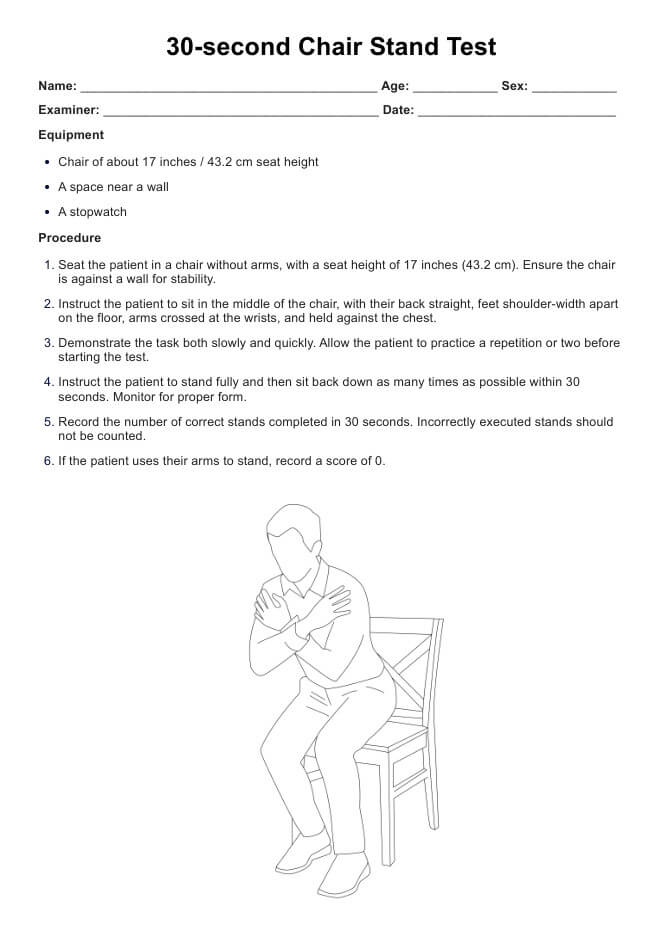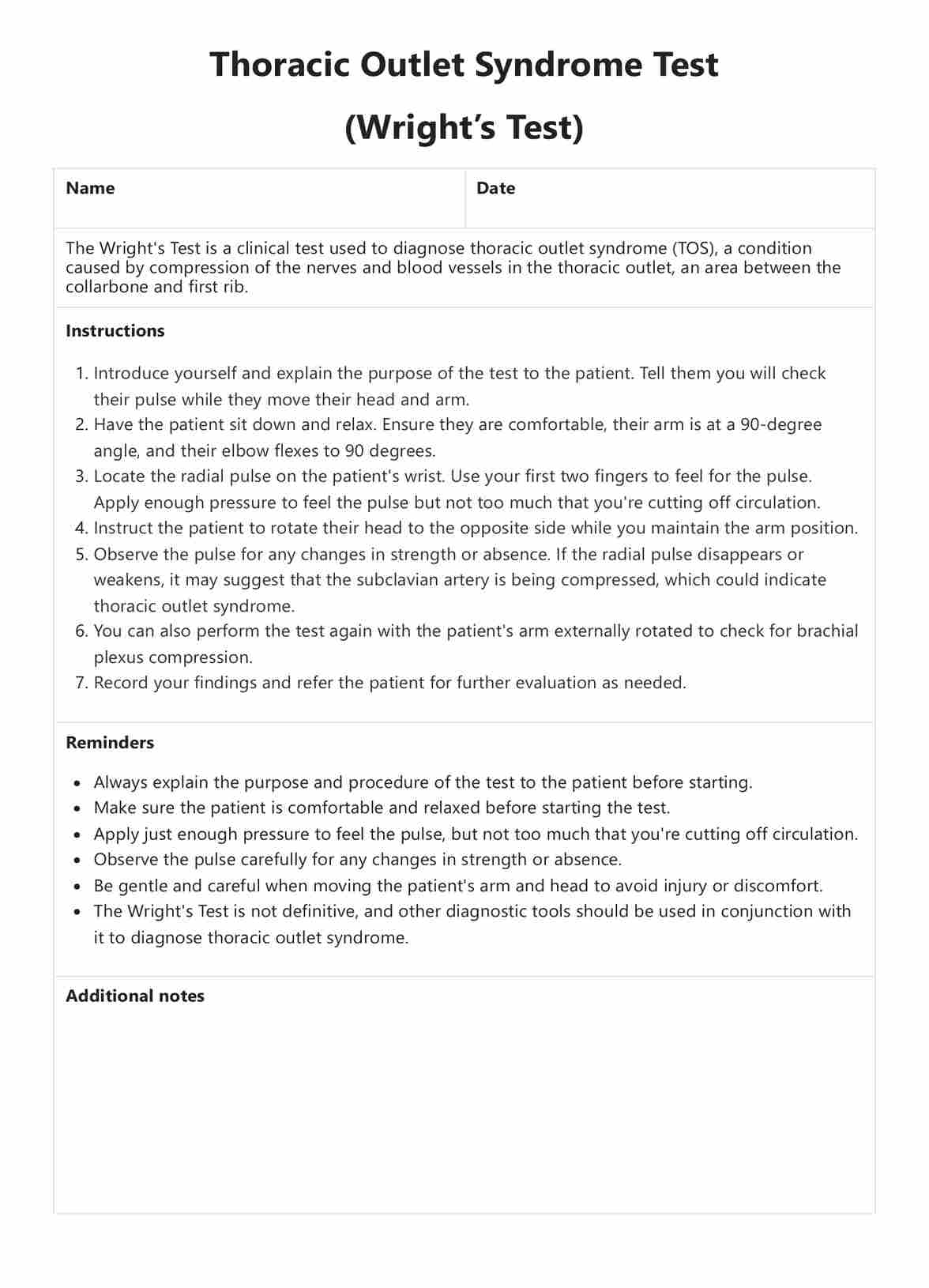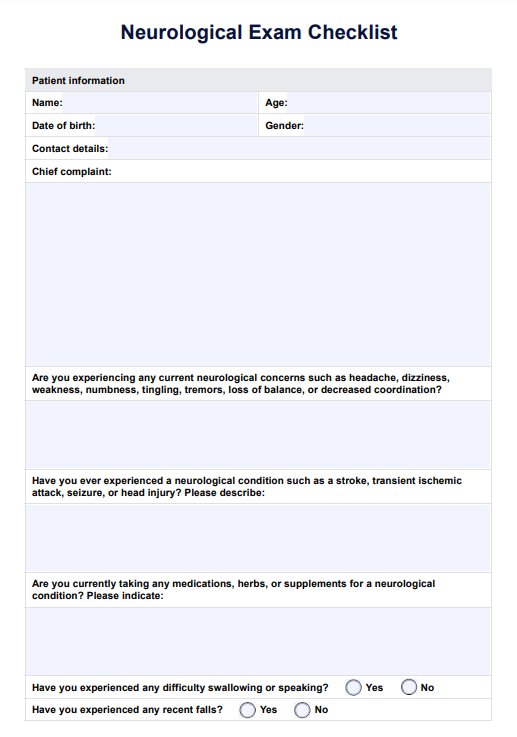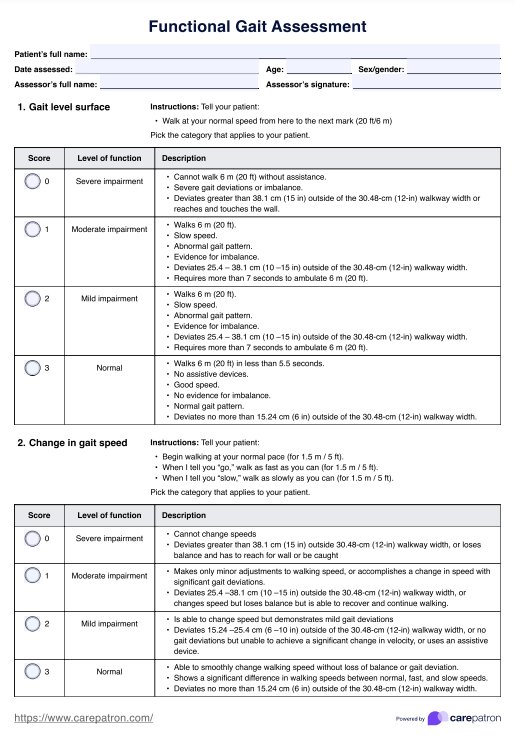Yeoman’s Test
Conduct the Yeoman's Test to gauge if a patient's lower back pain stems from the sacroiliac joint area.


What is the Yeoman's Test?
Before discussing the Yeoman's Test, let's talk about sacroiliitis. Sacroiliitis is an inflammation of the sacroiliac joint characterized by axial pain. This pain can be felt in the lower back or the buttocks. If left unattended for too long, it can develop into a problem where the pain becomes radicular and can affect the patient's groin, one or both legs and even their feet!
If you have a patient who sets up an appointment with you to consult about aches in the body, and they specifically talk to you about lower back pains, it would be prudent to ask them if they feel pain or if their pain is aggravated when doing the following:
- Adjust their positions while in bed, like rolling over
- Sitting up after lying down
- Standing up from a sitting position
- Standing up (especially for extended periods)
- Bearing more weight on one leg
- Walking (especially for extended periods)
- Running (especially for extended periods)
- Taking long strides while either walking or running
- Climbing stairs
If they confirm that they feel pain or if the activities above aggravate their pain, then you should administer the Yeoman's Test to gauge the patient. This test is a physical examination technique designed to determine the possibility of sacroiliitis in a person.
This test is sometimes included in an orthopedic physical assessment of the hip joint as one of several sacroiliac provocation tests. While it's not a diagnostic test, it can aid diagnostic tests by narrowing down potential problems (e.g., sacroiliac joint pain, sacroiliac joint dysfunction, anterior sacroiliac ligament pathology, anterior thigh paresthesia, etc.). This is a valuable test for orthopedists, physical therapists, and similar healthcare professionals.
Yeoman’s Test Template
Yeoman’s Test Example
How to perform the Yeoman's Test
Before you perform the Yeoman Test on a patient, you need to prepare one thing: a comfortable examination bed. This test requires the patient to lie down and given that they are experiencing pain in their lower back, you want them to lie down on something comfortable so as not to cause any discomfort.
Once you have this prepared, do the following:
- Have your patient lie prone (lie face down) on the examination bed. You also have to make sure that their legs are straightened.
- Once your patient is in position, you need to position yourself on the side of the patient where they feel pain.
- Once you're in position, place one hand on the sacroiliac joint area and apply pressure.
- While applying pressure to the sacroiliac joint area, use your other hand to passively flex the knee to 90 degrees.
- Keep the knee flexed and place the same hand you're using to flex it underneath the knee.
- Position the anterior aspect of your elbow right in front of the ankle so the knee doesn't fall back down.
- Once your hand and the anterior aspect of your elbow are in the right positions, you will extend the hip. You will do so by raising the knee. You will also do this while maintaining pressure on the sacroiliac joint.
You need to follow those steps to properly perform the Yeoman's Test! Our Yeoman's Test template within this guide includes these procedures and a space to document the results and additional notes after your assessment.
How to interpret the findings of the Yeoman's Test
This test will determine if the patient feels pain when you extend the hip while applying pressure to the sacroiliac joint.
- If they feel pain during the test, specifically while extending their hip and maintaining pressure on their sacroiliac joint, it is a positive test.
- It is negative if they don't feel any pain at all.
Do note that even if the patient gets a positive result, that doesn't mean the problem is confirmed. What this test does is that it confirms the possibility of a problem with the sacroiliac joint.
The next step is to endorse the patient for a comprehensive examination that involves other physical tests because other problems might cause the pain they are feeling. Imaging tests can aid in diagnosing painful sacroiliac joints. A physical test like the femoral nerve stretch test (Mackiewicz Sign) can help determine if something other than the sacroiliac joint problem is causing the pain.
Best time to conduct the Yeoman's Test on a patient
The best time to conduct this test is during a comprehensive examination. Earlier, we mentioned that the next step after this test is to endorse the patient for a comprehensive examination. Sometimes, other tests serve as the preliminary tests, and the Yeoman's Test is included as part of the next set of tests conducted on a patient.
Benefits of the Yeoman's Test
Conducting the Yeoman's Test can offer the following benefits:
It can be accomplished relatively quickly
The instructions are simple enough to be accomplished easily and rather quickly. If the professional knows what they are doing well enough, they can finish this test in a minute or two. They will even get immediate results that can be shared with other team members so they can consider certain things while other tests are being conducted.
It can guide treatment decisions
Once an official diagnosis is made, the Yeoman's Test results and other tests can be used to determine what exactly goes into a patient's treatment plan. Do they simply need to rest and rehabilitate? If they need medicine, what specific medicine should they take and what dosage? These are just some of the questions that the results can answer.
It can be used to check on a patient's progress in recovery
This test can be performed during check-ups to gauge the patient's recovery progress. Are they still feeling pain but not so much as the first time you conducted the test on them, or are they not feeling any pain at all? If the answer is “yes” to either question, the treatment plan is likely effective, so you should keep it up until they fully recover!
If the patient still feels the same more intense pain level, you might want to adjust or overhaul your plan to see if your changes will work better.
Commonly asked questions
The Yeoman's Test is a physical examination technique used to assess for sacroiliac joint dysfunction or inflammation (sacroiliitis). A positive result, indicated by pain in the sacroiliac region, suggests potential joint involvement. Although it does not confirm a diagnosis, it should be followed by a further evaluation to rule out other conditions.
The instructions are simple and easy to complete, so they should only take a minute or two. As soon as the patient mentions they feel or don't feel any pain when you extend the hip, you can end the test because that will determine the designation you will give.
In a way, yes. The Yeoman's Test relies on pain in the lower back or sacroiliac joint to determine if the patient is positive or negative for possible sacroiliitis or another lower back problem. But whatever pain the patient feels will be caused by the pain they've been experiencing in the first place. Since this test involves pain, the professional should be mindful and gentle to avoid aggravating or worsening it.


